Pride 2024: Gen Z Edition
PUBLISH DATE: 08 May 2024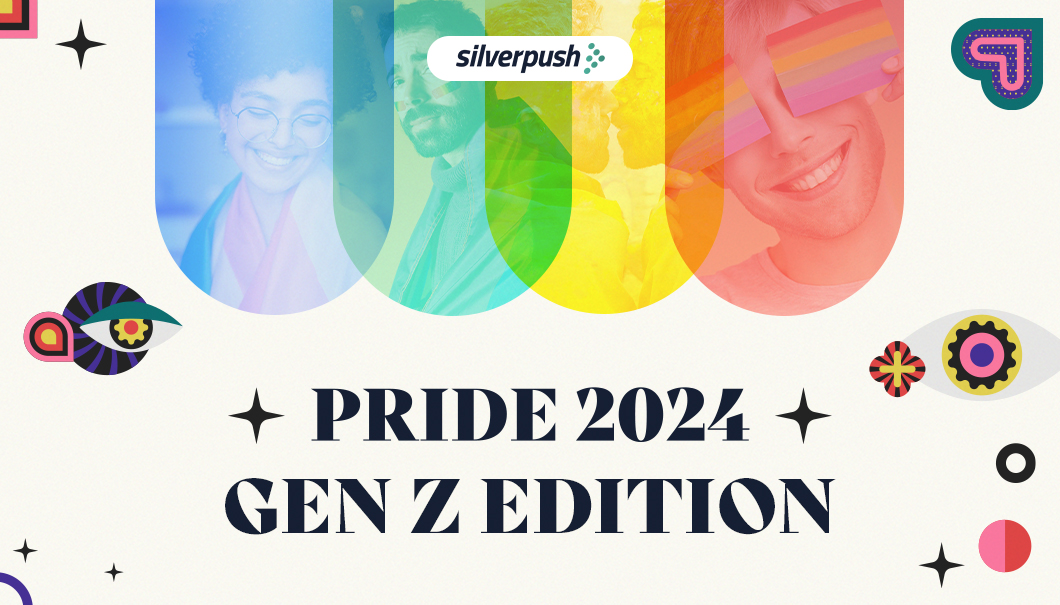
Pride holds profound significance for young people, regardless of their LGBTQ+ status. It transcends mere symbolism, embodying a celebration of inclusivity and love. However, Gen Z is increasingly scrutinizing the authenticity behind corporate support during Pride. A superficial display, such as a rainbow logo, no longer suffices to demonstrate alignment with their values. Discover how your brand can genuinely participate in the celebration of Pride month without resorting to tokenism.
Gen Z and Pride: What it Means to Them?
Gen Z, the approximately 67 million teens and young adults born after 1996 is steadily gaining prominence across social, political, technological, and cultural landscapes. With their increasing eligibility to vote, emergence as heads of households and primary decision-makers, and recognition of the power they hold through digital platforms, particularly social media, GenZ is asserting its influence in multifaceted ways.
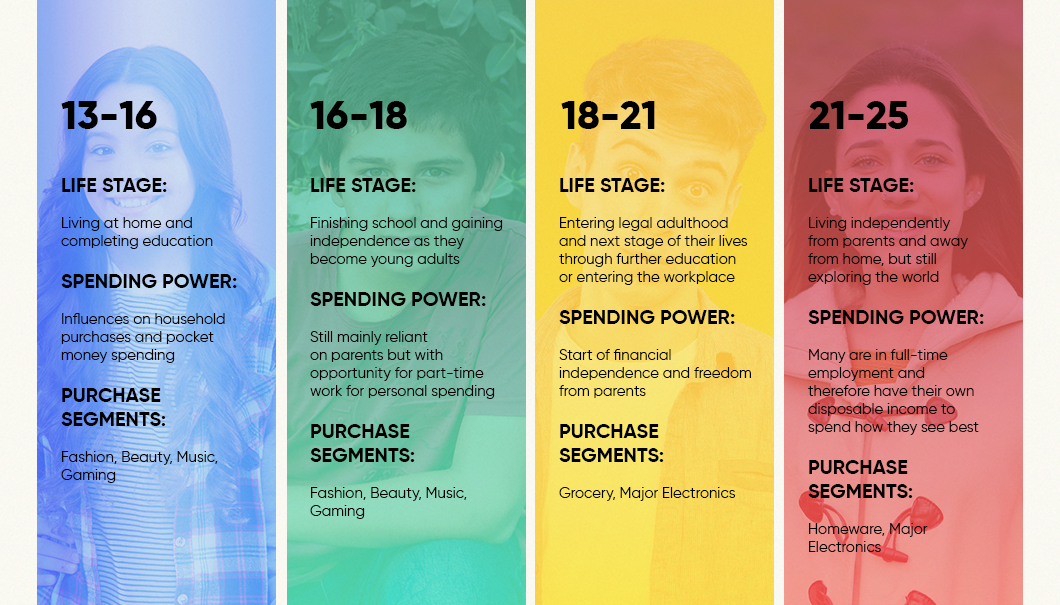
Regardless of their own personal sexual orientation, Gen Z overwhelmingly stands as allies to the LGBTQIA+ community, with only 18% holding the belief that homosexuality is “wrong.” Moreover, a greater portion of Gen Zers (37%) acknowledge that gender exists on a spectrum compared to those who adhere to the binary concept of gender (31%).
Given the fluidity and openness surrounding sexual and gender identities within this generation, brands face the challenge of breaking corporate norms to authentically connect with LGBTQIA+ Gen Zers and their allies. For instance, research by Horowitz reveals that 23% of Gen Zers prefer to be asked their preferred pronouns rather than having their gender assumed. This indicates a need for brands to reconsider how they address gender and identity in their messaging and creative offerings, especially on social media platforms.
Additionally, McKinsey’s research highlights that 70% of Gen Z consumers actively seek out ethical brands. Mere symbolic gestures, such as posting graphics on Instagram, no longer suffice. Gen Z demands tangible information and concrete actions to substantiate brands’ ethical claims.
Where Should Brands Be Talking?
GenZ isn’t just using YouTube for the videos; they’re actively engaging with the ads as well. According to research by Precise TV and Giraffe Insights, six in 10 teens opt to watch YouTube ads rather than skipping them, with almost half able to recall ads they’ve seen on the platform.
Why we care. This data underscores the importance of brands seeking to connect with Gen Z to reevaluate their advertising strategies. Shifting ad spending from traditional TV to YouTube could yield stronger engagement, recall, and influence on purchase decisions.
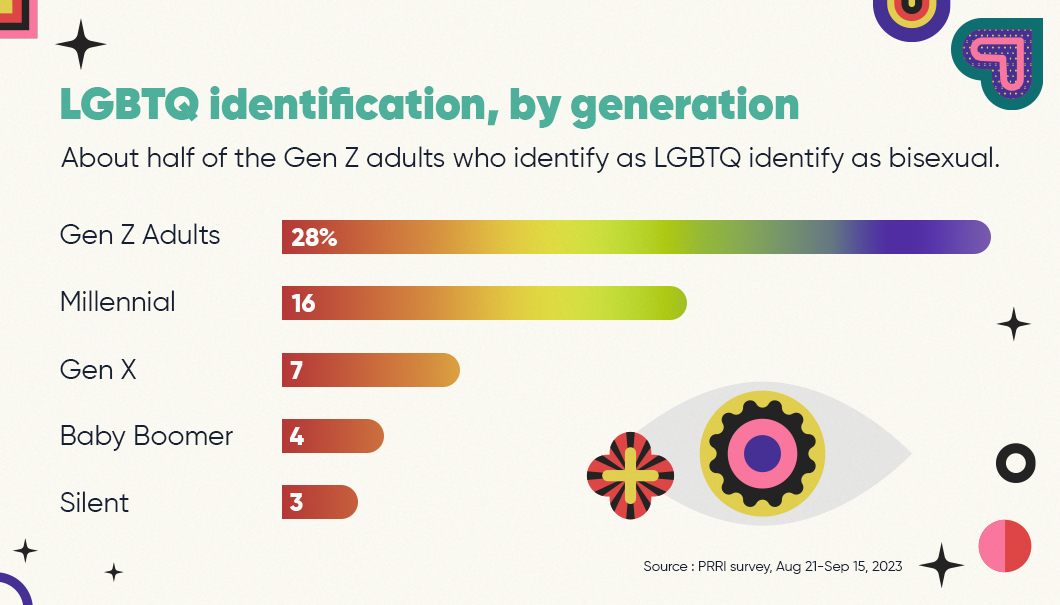
Our take: In response to evolving consumer identities, it’s crucial for the marketing and advertising industry to prioritize inclusivity and diversity. Beyond being the most racially and ethnically diverse American generation ever, over 1 in 4 (28%) Gen Zers self-identify as LGBTQIA+.
How can Brand Connect with Gen Z?
GenZ values brands that prioritize personalization and individualization, seeking tailored products and services along with personalized brand communications. A significant 38% of Gen Z prefers personalized ads, nearly double the preference of Millennials, driven partly by the desire to explore new brands and products.
Hyper-contextual and creative intelligence solutions offer advertisers a streamlined path to connect with their target audience. Contextual intelligence, powered by AI, delves deep into video content to pinpoint highly relevant contexts aligning with brand objectives. Advertisers can further fine-tune campaigns with custom inclusion and exclusion themes to ensure ads appear in appropriate contexts.
To engage Gen Z effectively, innovative approaches are vital. With consumers’ increasingly short attention spans, turning them from passive observers into active participants boosts engagement, consideration, and purchase intent. Among various creative intelligence solutions, interactive video ads shine. These innovative AI solutions enhance existing brand videos with interactive layers, allowing consumers to engage directly with the content.
Conclusion
In conclusion, as Gen Z trends continue to shape the cultural landscape and assert their influence across various spheres, brands must adapt and evolve to authentically connect with this dynamic generation. By prioritizing inclusivity, diversity, and ethical practices, and leveraging innovative marketing strategies tailored to Gen Z’s and Pride preferences, brands can forge meaningful connections and thrive in an ever-changing marketplace.
For AI-driven, Gen Z-focused advertising solutions, reach out to Silverpush.
Discover How to Capture Hearts With Pride Advertising
PUBLISH DATE: 15 May 2023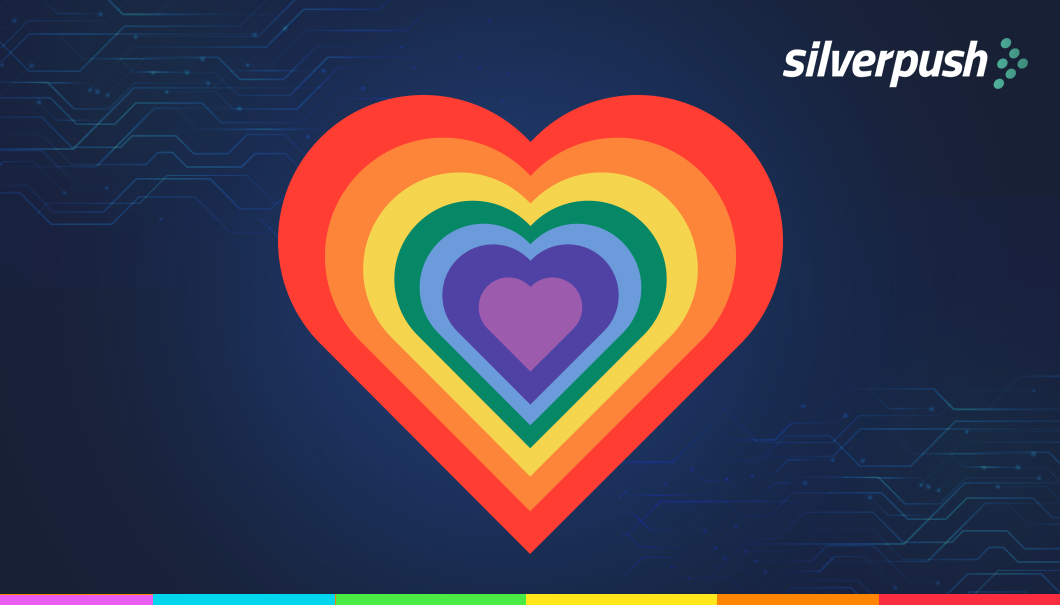
Pride month is in full swing, with the month of June on its way. The LGBTQ community globally accounts for 4.6 trillion US dollars. The community has been in the news globally, as many countries recognize them and are helping them live free lives.
Pride Month is celebrated in honor of individuals who were involved in the Stonewall Riots of 1969. With the glitter and rainbow flags, people join the festivities. whereas, by changing colors, sharing Pride Month trivia, and social media posts advertisers tap into every opportunity for Pride Month advertising.
How Brands Leveraged Pride Month Before?
Pride advertising is another example of moment advertising which brings huge reach for brands and a chance to make a long-lasting impression. Burger King and Honey Maid are the two brands that made the most out of the Pride Month advertising in 2014.
1. Proud Whopper
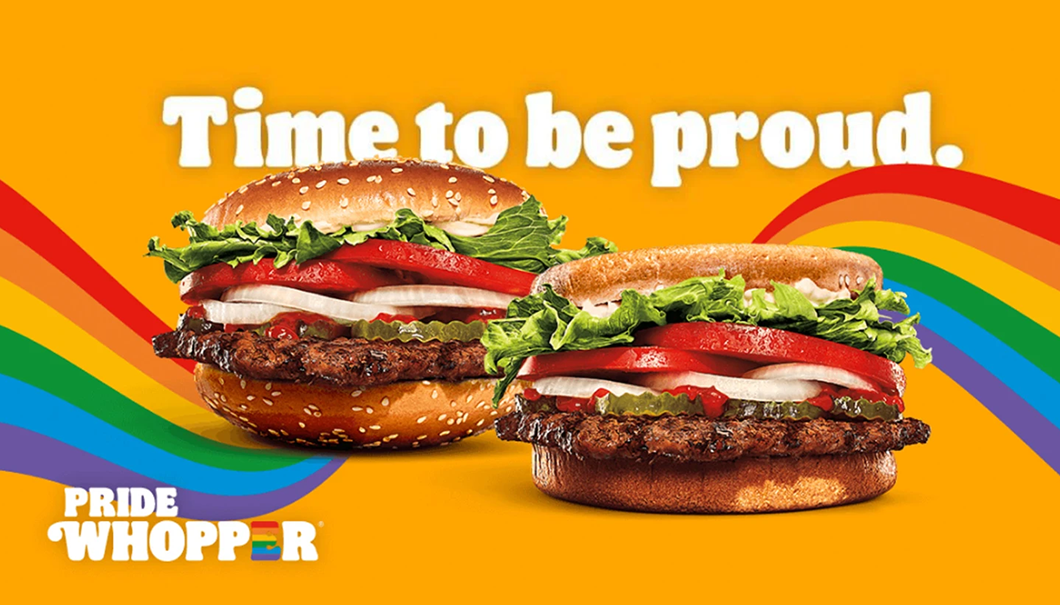
In 2014, Burger King ran the ” Be Your Own Way” campaign under which it launched “Proud Whopper”. It was a spin on its “Have It Your Way” brand positioning.
During the pride parade, it launched its Whooper burger, which came in rainbow-colored wrappers. What intrigued the audience with this burger was the strong message that resonated with them. It said, “We are all the same inside”.
The campaign stood out as it received 7 million views across all social media channels. There were more than 5.3 million views on the YouTube video alone. 20% of Americans saw the Proud Whopper advertisement, and young millennials over-indexed by 4.8X.
2. This is Wholesome
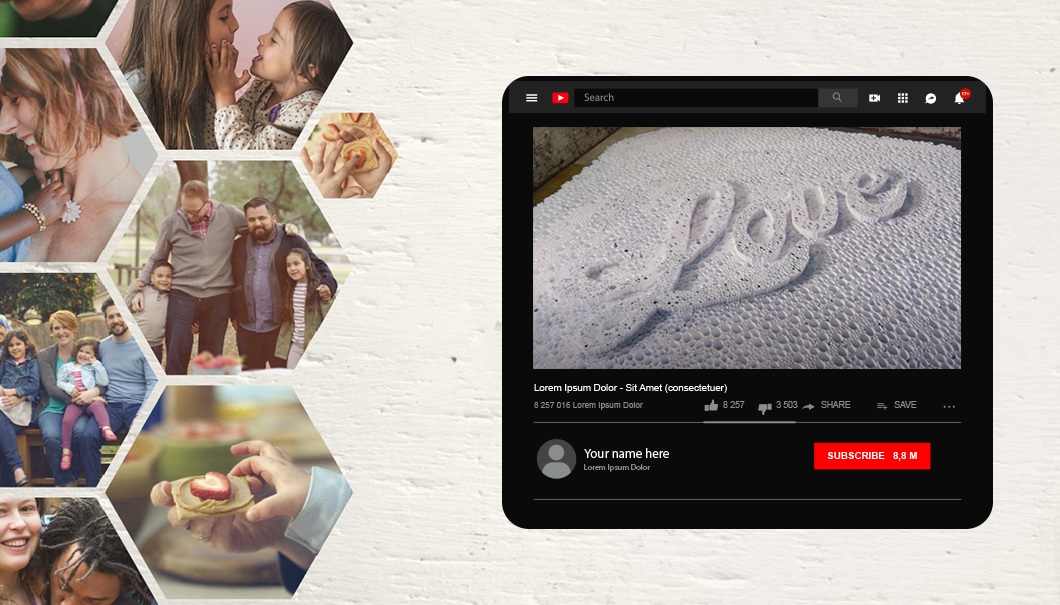
Honey Maid recognized a chance to engage with its consumers while highlighting its long history and commitment to inclusivity by honoring the variety of the contemporary family.
Over 8 million people had seen the 30-second ad on YouTube. According to YouTube statistics, Honey Maid was able to determine that 97% of the ad’s video views came from those aged 25 to 54 using age and gender targeting. Women help the majority in viewership as they account for 98% of the total.
However, there was an obstacle that arose during the campaign. The message of the campaign did not resonate with everyone which led to negative tweets and comments.
Honey Maid saw it as an opportunity to tap into the audience’s mind and capitalize on it. They created a clever response to the negativity. They made a video ad, where two artists utilized printouts of all the critical comments to form the word “LOVE”.
It was straightforward and effective, giving Honey Maid another opportunity to demonstrate its dedication to the causes of diversity and equality as well as its support for the LGBTQ community.
More than 4 million people viewed “Love.” According to YouTube data, the first 90 days of views were equally split between males and women, and over a quarter of viewers were millennials under the age of 24.
What are the Key Takeaways?
Both campaigns significantly benefited the brand by building strong brand awareness. But another key takeaway that advertisers had was the importance of a message to resonate with the audience. Engaging the audience emotionally is a simple yet strong way to make a place in people’s hearts.
How to Make the Most from Pride Advertising In 2024?
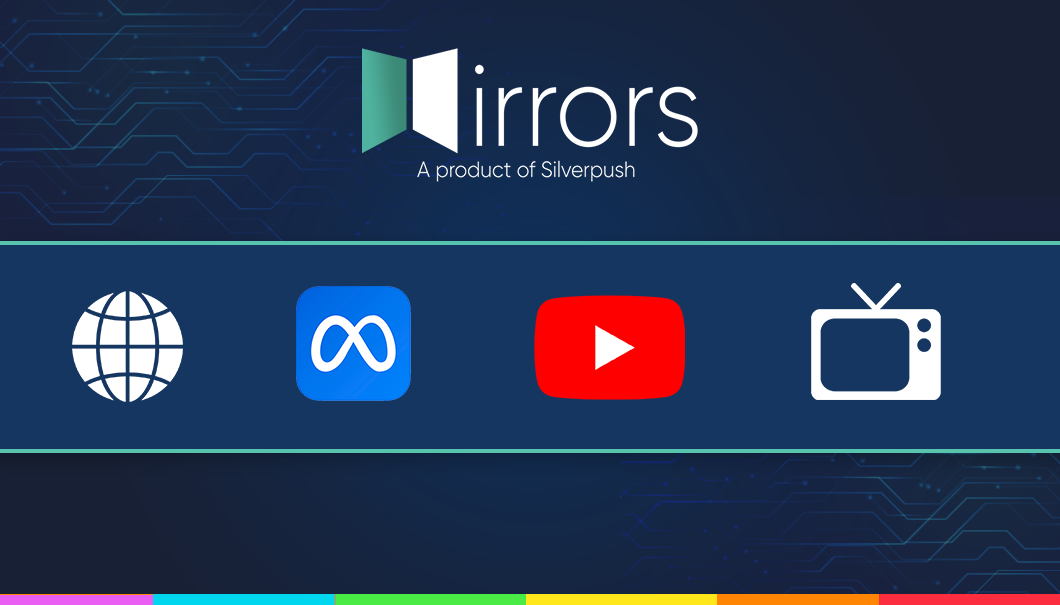
The advertising landscape has transformed a lot. A privacy-focused future has made Apple and Firefox take the revolutionary step by banning the use of third-party cookies whereas Google is planning a strategic phase-out while working on alternatives.
So, how can brands make the most during the pride month?
Contextual Advertising is one of the ways to capitalize on the opportunity. Mirrors is a revolutionary AI-powered technology offered by Silverpush that ensures advanced brand safety.
The high-powered AI technology ensures that the message reaches the right audience at the right time. Mirrors identify key contexts of the blog by analysing content and classify into segments.
This year, advertisers can make the most of Pride Month by relying on omnichannel contextual advertising as Mirrors can function across multiple channels.
1. YouTube
Video ads are widely acceptable, and they accounted for 82% of global internet traffic in 2022. The context detectors help Mirrors find the relevant ads. This increases the possibility of users engaging with the brands as they are relevant to the user when they are highly intrigued.
2. Open Web
Based on the content of the webpage consumed by the target audience, AI-based technology can place relevant ads.
3. Meta
Mirrors carefully chooses and analyzes brand-safe Facebook pages to extract contextual signals that enable the distribution of real-time, in-the-moment advertising with remarkable performance. This is done with the help of Artificial Intelligence (AI), Machine Learning (ML), and Natural Language Processing (NLP) models.
4. CTV
Pride ads are displayed in appropriate surroundings using semantic analysis, content analysis, and customized ad segments to prevent inappropriate placement depending on user emotions and behavior. Facebook is the best place for people with varied interests.
Conclusion
Advertising for Pride is more than simply recognizing and appreciating the LGBTQ community. It is the opportunity for brands to communicate their truth and take a position. According to a study, 45% of consumers under 34 years old say they’re more likely to do repeat business with an LGBTQ-friendly company. It is time for brands to take this opportunity to attract their desired audience contextually.







